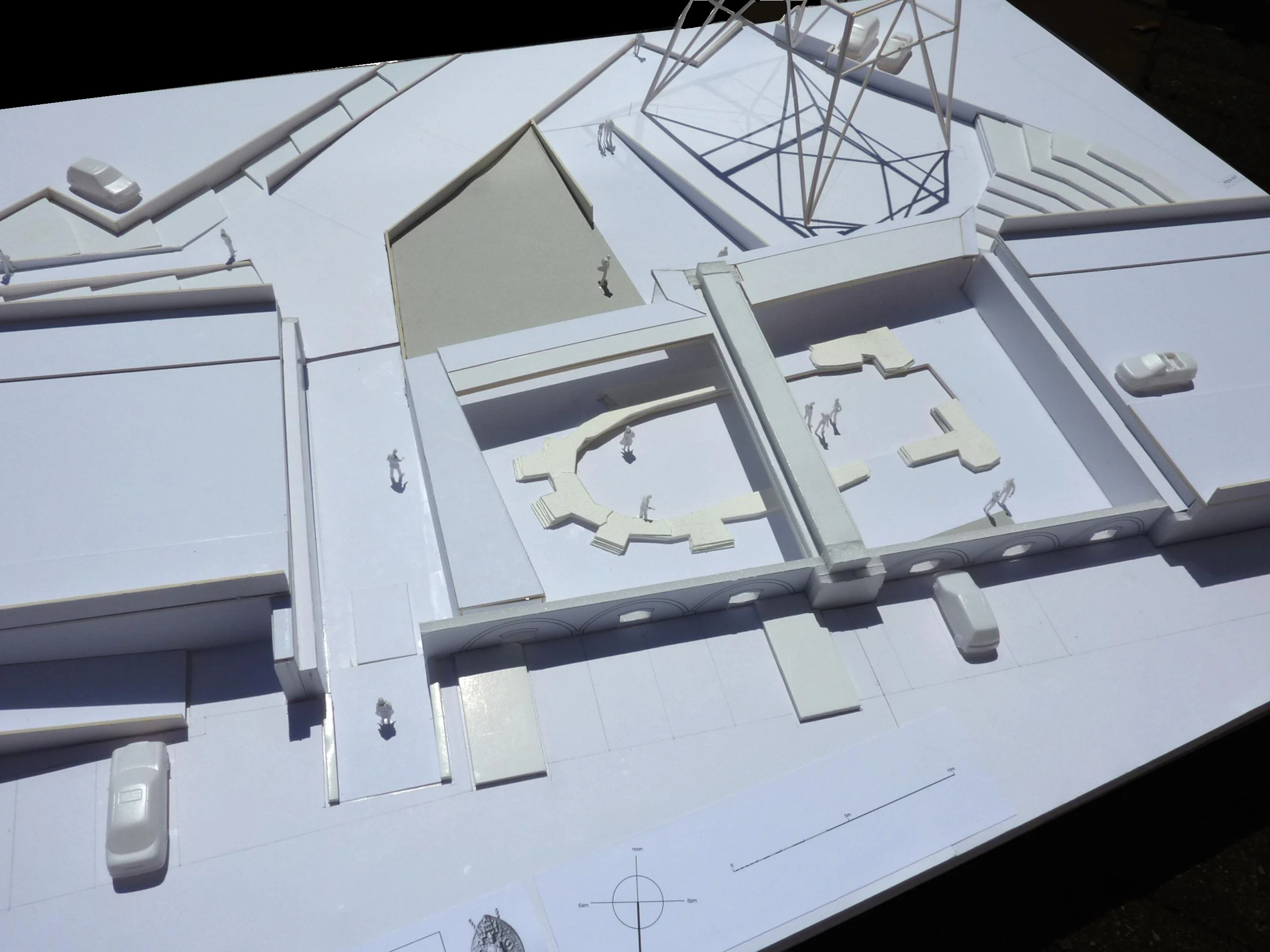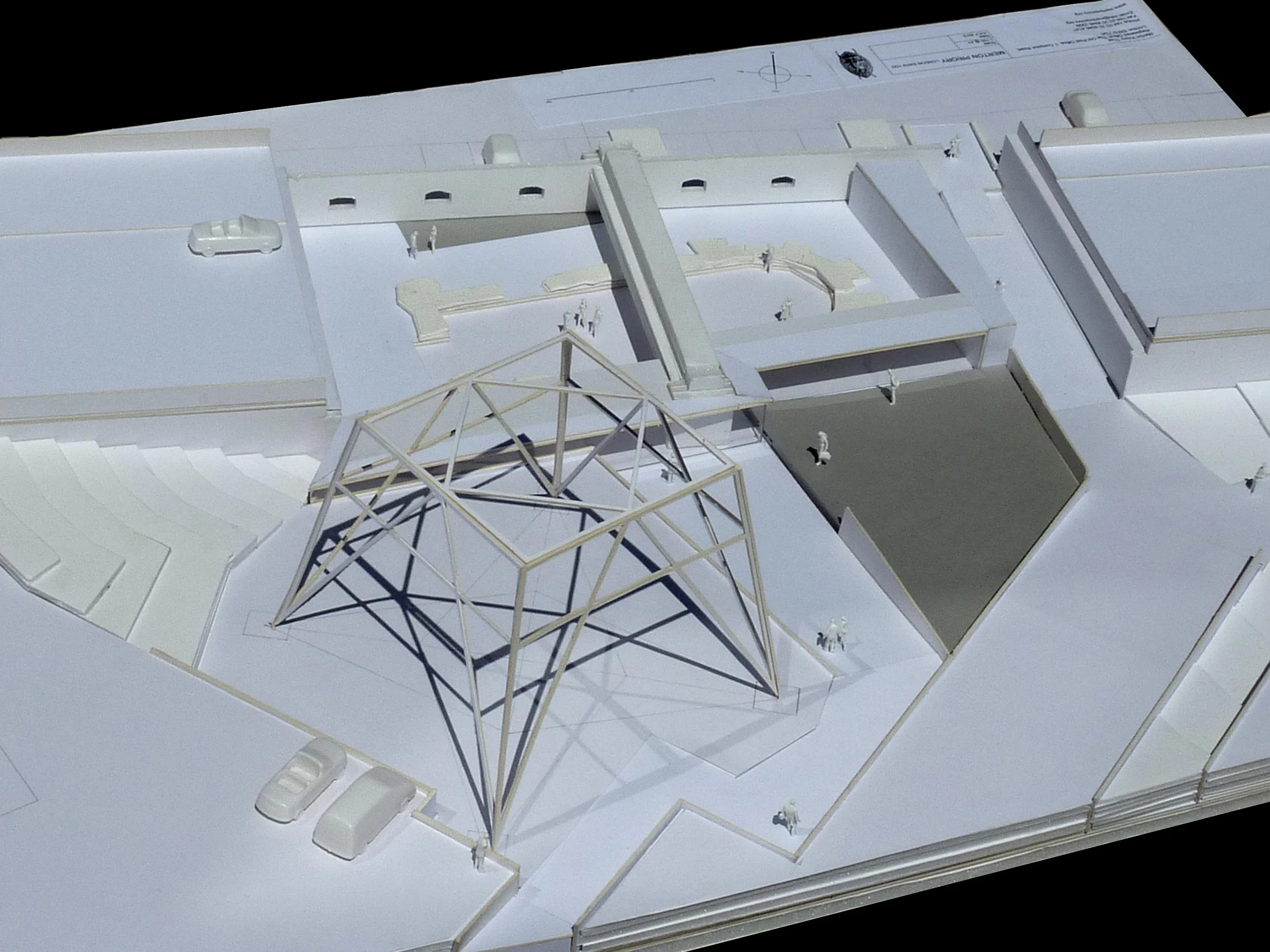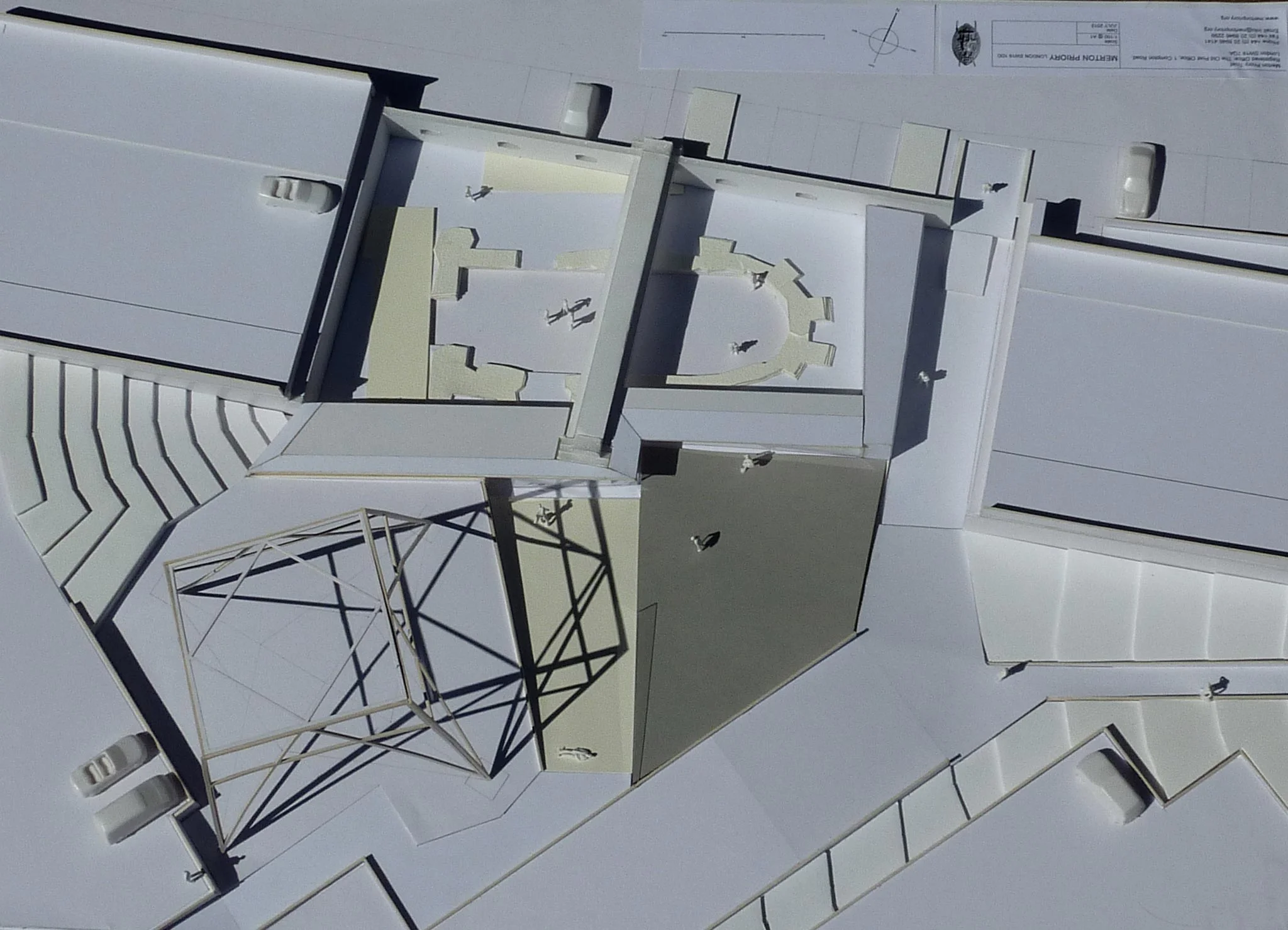Conservation Plans
Conservation Plans for Merton Priory
Conservation plans for Merton Priory have developed over about a decade, beginning with the Conservation and Management Plan, then with outline and detailed proposals. Behind the scenes activity included legal and financial matters, land transfer, safeguarding core funding, outreach to other projects, developing our base of friends, funding from HLF and others, which now means we can build the first phase of the project. Throughout this period the Chapter House has been improved, excavated, and remained open, thanks to brilliant volunteer work by local experts and enthusiasts, ‘Grass Roots Archaeology at its best’ with excellent support from Historic England and Merton’s elected Councillors, conservation and urban design officers.
The Conservation and Management Plan is the overarching and primary document for the Priory. It sets out the policies which protect the long-term significance of the site and guide our immediate management proposals. You can view and download the plan in sections, or as a complete plan by clicking the links below:
- Cover, Contents
- Executive Summary
- Introduction
- Understanding the Site
- Description, History and Significance
- Part 2 – Policy Bibliography
- Complete Merton Priory Conservation Management Plan (32 MB)
Preliminary plans for phase 1 of the Chapter House Renewal
We really appreciate comments on the proposals so PLEASE email info@mertonpriory.org with your views on the principles, approach, or details of the scheme. As the plans are updated we will update this page so you can view the old and new plans, to show the difference your comments have made.
The development was granted planing permission in 2015 and can be seen in the design and access statement 2015_planning.
- Site plan
- Proposed plan
- Proposed plan detail
- Detail, section as existing
- Sections as proposed
- Details of sections
Merton Priory and Merton Abbey Mills are of outstanding significance
- as containing the remains of the Merton Priory which are a Scheduled Ancient Monument and Grade II Listed buildings;
- as a place which was frequently visited by the kings of England;
- as including the remains of the chapter house of Merton Priory, unusual in its size and form, which was the location for some nationally-important meetings and where the first comprehensive statute since the Great Charter (Magna Carta) -a landmark in English law-making, was agreed in 1236;
- as a centre of religion and learning where Thomas Becket and Walter of Merton were educated;
- as having played a leading role in the creation of the Arts and Craft Movement, developed by William Morris, and pursued locally by Edmund Littler and Arthur Liberty;
- as being close to the home of Admiral Lord Nelson immediately prior to his death at the Battle of Trafalgar in 1805
- as containing the remains of the Roman road known as Stane Street;
- as an early example of water-powered industrial development, particularly fabric printing;
- as containing a number of significant industrial buildings, two of which are Grade II Listed buildings, and all of which are contained within a Designated Conservation Area;
- as a resource for research into a wide range of subjects, including medieval history and archaeology, industrial technology, and the history of art and design;
- as being a significant wildlife corridor;
- as a source for education of people of all ages on a very broad range of subjects;
- as a resource for tourism;
- as a resource for inspiration, particularly art and design.


